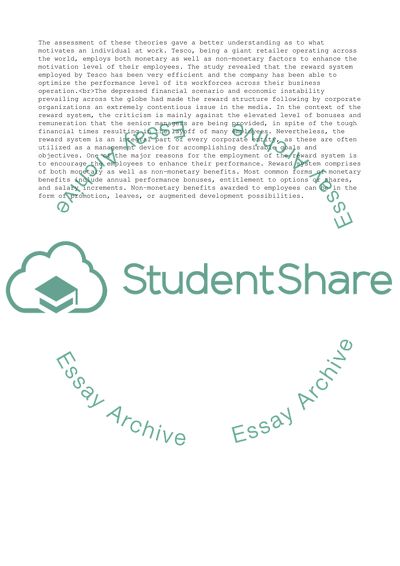Cite this document
(“Handbook of Reward Management Practice Research Paper”, n.d.)
Handbook of Reward Management Practice Research Paper. Retrieved from https://studentshare.org/management/1774815-motivation-and-reward-system-used-in-virgin-megastore-company
Handbook of Reward Management Practice Research Paper. Retrieved from https://studentshare.org/management/1774815-motivation-and-reward-system-used-in-virgin-megastore-company
(Handbook of Reward Management Practice Research Paper)
Handbook of Reward Management Practice Research Paper. https://studentshare.org/management/1774815-motivation-and-reward-system-used-in-virgin-megastore-company.
Handbook of Reward Management Practice Research Paper. https://studentshare.org/management/1774815-motivation-and-reward-system-used-in-virgin-megastore-company.
“Handbook of Reward Management Practice Research Paper”, n.d. https://studentshare.org/management/1774815-motivation-and-reward-system-used-in-virgin-megastore-company.


